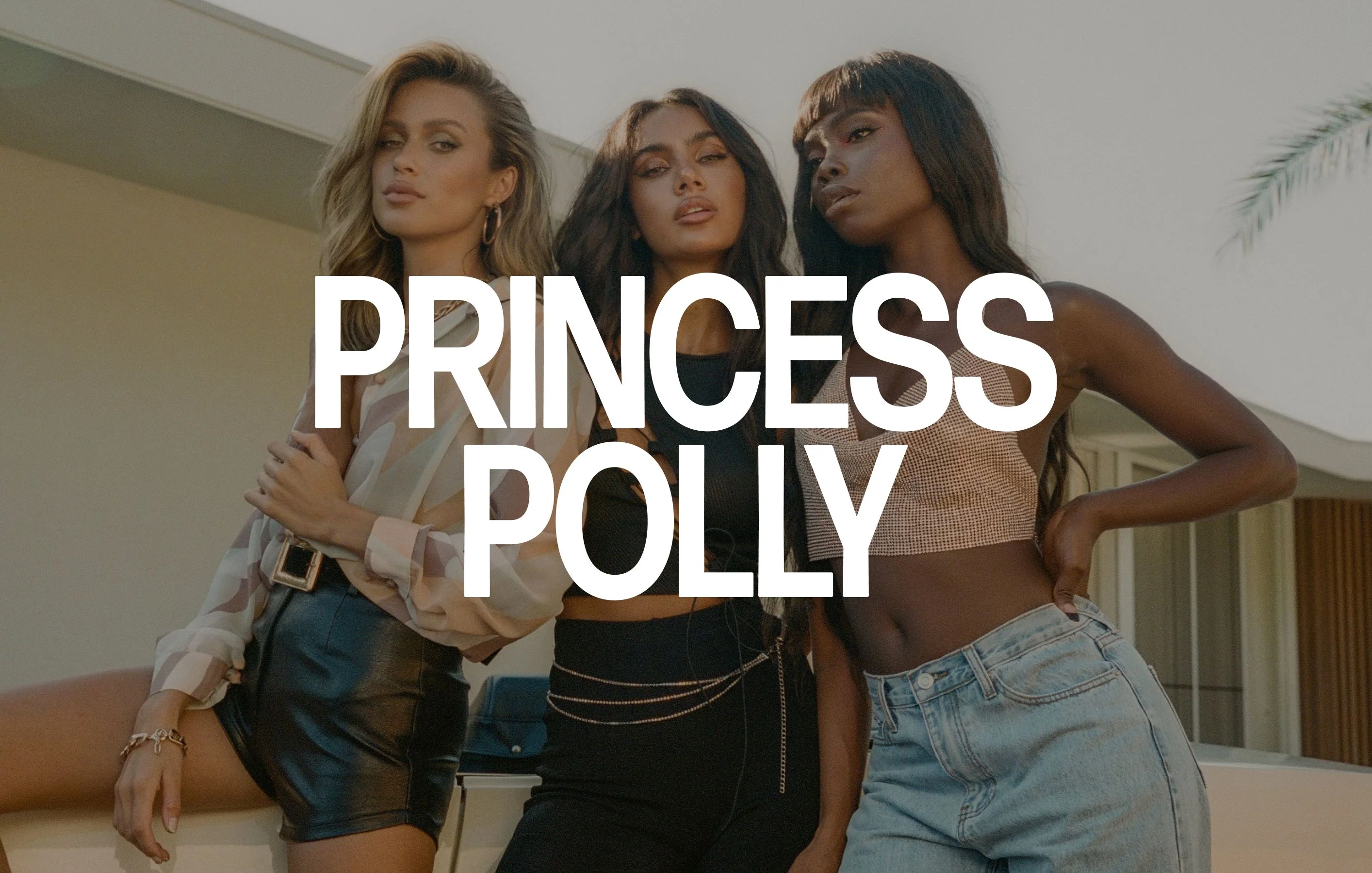A Tale of Two Loyalty Programs: One Which Won Me Over & One Which Didn’t

Stamp Me Loyalty Solutions co-founder Shannon Magowan offers an insight into his experience with retail loyalty programs, and what does and doesn’t work when trying to onboard new customers.
I visited Japanese casual-wear designer Uniqlo last weekend. I like Uniqlo, and I like the products it stocks, but I had never signed up to the Uniqlo loyalty program.
After purchasing a sweater for $49.90, the sales assistant recommended that I join the program. She explained that I only needed to buy a $5 pair of socks to exceed the $50 mark (at which point I’d be entitled to a $10 discount if I joined the program).
The first thing Uniqlo has done right with its loyalty program is to train staff on how it works, and how to promote it effectively.

Given that I was already contemplating buying a second sweater in a different colour, the upfront incentive immediately swayed my decision to go ahead and buy the second jumper.
The second thing Uniqlo did right is to offer an immediate incentive to sign up – in my case, a $10 discount on an item I was already considering purchasing. This ultimately turned my “maybe” into a “yes”.
We live in an age of instant gratification. At Stamp Me, we’ve found that businesses which offer a reward upon signup enjoy thrice the enrollments of programs which don’t. We delve into this subject a little deeper in our other article, How to Get Customers to Join Your Loyalty Program.
“The sign-up reward doesn’t need to be big; a small token of goodwill at the start goes a long way towards building trust and loyalty with your program.”

Image Source: Uniqlo
Once I agreed to join Uniqlo’s rewards program, the assistant patiently and professionally guided me through the signup process on my phone, while taking the time to point out some of the cool features included in the app.
After signing up, I instantly received a welcome email from Uniqlo, acknowledging my enrolment. It felt inclusive like I was now part of a VIP club.
Encouraging this emotional connection to the brand is the third thing Uniqlo has done a great job of achieving through its loyalty program experience.
I left the store feeling good about the brand, and happy to receive email notifications. Uniqlo continued to send me online marketing for the end-of-season sale, which successfully grabbed my attention and I ended up making an online purchase within a week of signing up.
Had Uniqlo not offered the signup reward, I wouldn’t have bothered joining the loyalty program, the brand wouldn’t have had my permission to contact me and it wouldn’t have enjoyed the subsequent sales.

“Uniqlo understands that if you give a little (in this case, a $10 discount), you get a lot back. A $49.90 sale escalated into $200 of revenue from a single customer within a week and turned me into a brand advocate. The reality is that the $10 investment is insignificant compared to the long-term value I offer as a returning customer.”
On another note, I had a similar experience with Cotton On, where the fashion chain nailed the signage, on-boarding, upfront perks and the rest of it. However, upon signing up I was given a plastic membership card rather than being invited to download the digital loyalty app.
This is the first thing Cotton On did wrong in attempting to onboard me to the rewards program… and unfortunately, it’s enough to stop me from coming back.
Like a lot of guys, I carry a small wallet with very few cards. My loyalty rewards cards collect dust in a box at home, so for me to actually have my loyalty card on me when I visit Cotton On means my visit to the shop would need to be premeditated.

Again, like a lot of people, my shopping habits tend to be impromptu and at random. This isn’t an issue for Uniqlo because I’ll have my loyalty rewards app conveniently stored on my smartphone anytime, anywhere.
Cotton On essentially loses my loyalty the moment I toss the card into the dusty box at home, and Uniqlo wins.
“Despite Cotton On and Uniqlo both having excellent systems in place for promoting the program, onboarding customers and ensuring they get off to a winning start with upfront perks, Uniqlo is far more likely to receive my ongoing business, because I’ll always have Uniqlo’s loyalty app in my pocket – I can’t say the same for Cotton On’s plastic membership card.”
Despite taking everything else into account, Cotton On has failed to cater for the “convenience” factor. And there’s another extremely important reason for implementing a digital loyalty app over paper or plastic.
We live in an age where an effective digital loyalty rewards program is capable of telling a business who, what, when, where and how a customer is engaging with the brand.
There’s no reason why you shouldn’t use this information to build trust and rapport with the consumer. A trusting customer who sees value in your product or brand will keep coming back to you, and is also more likely to forgive your mistakes – it is that simple.


So, in a nutshell, don’t count on customers consistently engaging with your loyalty program simply because they signed up in the first place. It’s increasingly crucial to optimise loyalty programs for mobile apps in order to ensure customers will develop an emotional connection and continue to engage with your brand long after they’ve left the store.






.webp)